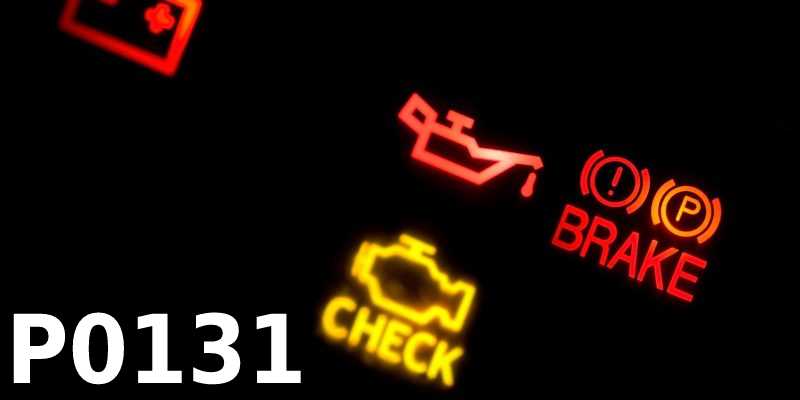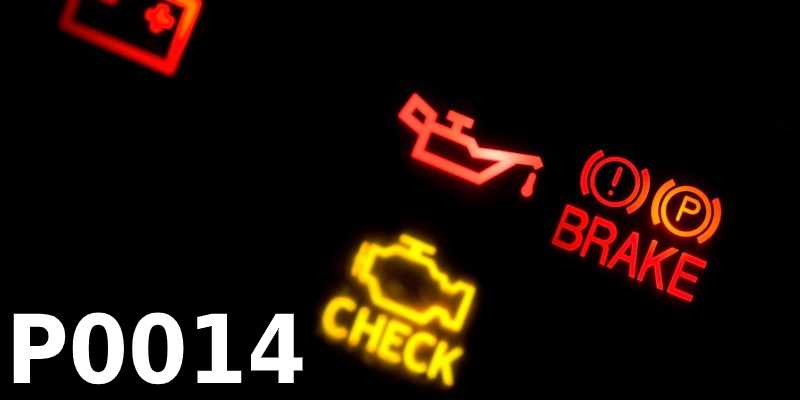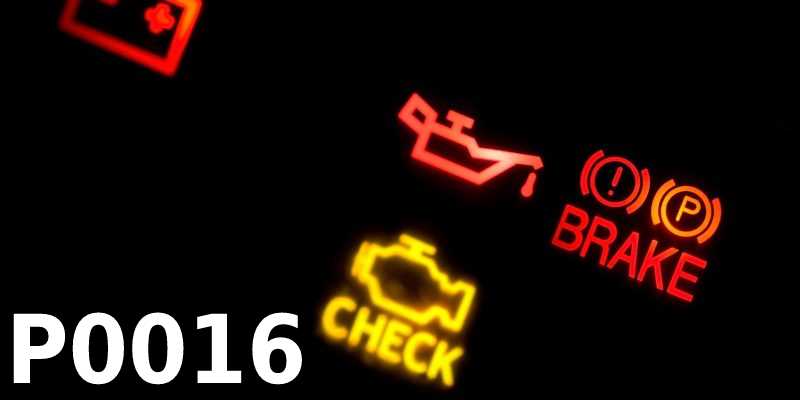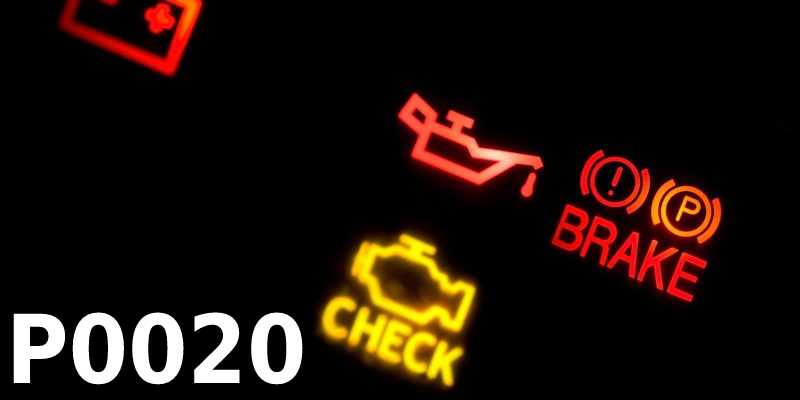Definition of the P0131 code
The P0131 code is a low oxygen sensor voltage in bank 1 or an incorrect air/fuel ratio.
What does the P0131 code mean
- The P0131 code indicates that there is a malfunction in the oxygen sensor, located in sensor bank 1 of the vehicle. This is also referred to as the air/fuel sensor or heated O2 sensor. This means that the ECU has detected an incorrect oxygen sensor voltage or air/fuel ratio.
- Bench 1 refers to the left side of the engine when sitting in the driver’s seat. Sensor 1 refers to the sensor upstream of the catalytic converter in the exhaust system.
What causes code P0131?
P0131 can be caused by several problems:
- Oxygen sensor failure
- Wiring damaged or disconnected
- Open or shorted circuit
- Incorrect reading of the coolant temperature sensor
- Oxygen sensor heating circuit failure
- Most often, the sensor has failed simply due to age and wear.
What are the symptoms of the P0131 code?
If a fault is detected in the oxygen sensor circuit, the Check Engine light comes on and is visible on the instrument panel. When the Check Engine light appears, the car ECU puts the car into safe mode, sets the air/fuel ratio to a fixed state, and tilts the vehicle to prevent damage to the catalytic converter. Under fuel economy conditions, low fuel consumption can be observed.
The vehicle may malfunction or stutter while driving with an oxygen sensor problem. In extreme cases, the vehicle’s engine may stall while running with this code.
How can a mechanic diagnose a P0131 code?
The first thing any mechanic will do is plug an OBD2 scanner into the DLC connector, usually located under the driver’s side dashboard, to read and confirm the codes present. Associated with each code will be frozen chart data that tells us under what conditions, such as engine speed, driving speed, running time, engine temperature, that the code was set, so we can reproduce it on our test drive.
When P0131 is confirmed, a qualified mechanic will remove the code and take the vehicle for a test drive, observing the vehicle’s datastreme, which will show the oxygen sensor voltage and resistance. If the code reappears, excessive resistance is displayed, or out-of-range voltage is present, the technician has confirmed that there is a fault in the oxygen sensor circuit.
The first thing a qualified technician will do is visually inspect to ensure the integrity of the oxygen sensor wiring.
If the wiring is in order, the mechanic will check the voltage and resistance of the sensor. The voltage should be less than 1 volt, and the resistance should be less than the manufacturer’s specifications for each vehicle.
The most common errors when diagnosing code P0131
- The most common error is failure to confirm an oxygen sensor circuit failure when clearing the code and performing a test drive.
- Another common error is that the engine stall can be caused by an oxygen sensor malfunction, or alternatively, the engine stall can cause the vehicle’s oxygen sensor readings to be incorrect.
- In addition, a faulty coolant temperature sensor can also lead to misdiagnosis.
How serious is the P0131 code?
The P0131 code may indicate a serious problem that can cause the vehicle to malfunction and stop while driving. Be careful when this code occurs and fix it quickly.
What fixes can repair a P0131 code?
- Confirm the presence of P0131 with the scan tool. Clear the trouble code and perform a road test, making sure that P0131 returns.
- Perform a visual inspection of the seat 1 sensor wiring, replacing or repairing any wiring found to be defective.
- Check the voltage and resistance of the bank 1 sensor.
- If necessary, replace the oxygen sensor in bank 1 with a new one.
Additional notes on code P0131
- Oxygen sensors are designed to last the life of the vehicle, but it is not uncommon for problems to occur with oxygen sensors as the vehicle ages after 100,000 miles.
- This code causes driving problems, poor fuel economy, and potential engine damage, so it should be addressed as soon as possible.





